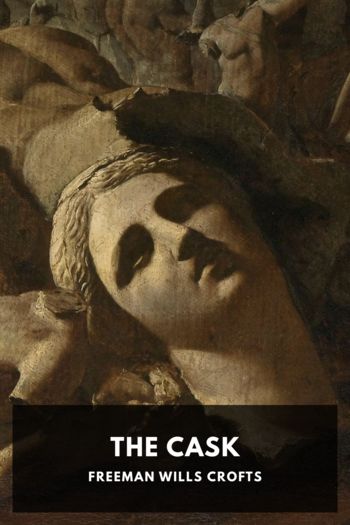Genre Other. Page - 374
All entire books of the Other genre on your device.

Description The Land That Time Forgot opens with the discovery near Greenland of a floating thermos flask containing a manuscript by castaway Tyler Bowen, Jr. The document recounts a series of adventures that starts with a sea battle against a German U-boat and ends on a mysterious island populated by hostile prehistoric animals and people. The second part of the book, “The People That Time Forgot,” continues the story with the tale of Tom Billings, who has been sent on a mission to rescue

Description In the third installment of her Scarlet Pimpernel stories, Baroness Orczy brings back Chauvelin, the French official unable to catch the Pimpernel in the first novel. This time he is more determined, more ruthless, and more devious. He plans to capture both the Pimpernel and his wife, threatening an entire town in the process. He has thought of every possibility, closed every loophole, anticipated every move of his arch-rival. It appears that at last the Pimpernel might have met his

Description The young Vicomte de Marny rashly challenges a French official to a duel, and dies as a result. The Vicomte’s father, the ancient Duc de Marny, insists that his daughter, Juliette, swear an oath before God to seek revenge on the man who killed her brother. Years later, as the French Revolution rages, Juliette insinuates herself into the official’s household, and quickly discovers a way to anonymously accuse him before the National Convention. It will take all of the Scarlet

Description During the unloading of an Insular and Continental Steam Navigation Company ship arrived from Rouen, the Bullfinch, a cask falls, splits, and reveals its unexpected contents. As the dockworkers try to work out what to do, Mr. Léon Felix arrives and claims the cask as his own. His actions set into motion a complicated trail for the detectives of London’s Scotland Yard and Paris’s Sûreté to follow to the end. Freeman Wills Crofts was one of many authors writing crime fiction in

Description Progress and Poverty, first published in 1879, was American political economist Henry George’s most popular book. It explores why the economy of the mid-to-late 1800s had seen a simultaneous economic growth and growth in poverty. The book’s appeal was in its balance of moral and economic arguments, challenging the popular notion that the poor, through uncontrolled population growth, were responsible for their own woes. Inspired by his years living in San Francisco and his own

Description This collection of short “mystery” stories by Oscar Wilde was originally published in 1891 and was his second published collection of stories. This edition follows the 1907 edition, which was published after his death and added “The Portrait of Mr. W. H.,” a story first published in 1899. Written around the same time as The Picture of Dorian Gray and before he turned his hand to playwriting, these stories showcase the quintessential Wilde: dark irony combined with an incisive

Description In her third novel, Virginia Woolf departs from conventional narrative and explores storytelling through discordant scenes and impressions. Jacob Flander’s life story is told through the perspectives of the people in his life. In Jacob’s Room, we see Jacob grow from a young boy to an ardent student of Classical culture while the world around him moves closer to an impending war. Jacob is described in flashes by the women around him—his mother and his lovers.

Description A baby is deposited in the bed of Squire Allworthy, a wealthy widower in Georgian England. The baby is given the name of Tom Jones and given to Allworthy’s live-in sister to raise. She soon marries and has her own son, and the two boys are raised together, with the usual household rivalries and jealousies. As Tom reaches his late teenage years, he discovers the several young ladies that surround, but especially the one that lives next door. Circumstances eventually lead to Tom being

Description Edgar Allan Poe is one of the primary figures of American nineteenth-century literature. His writing was heavily influenced by Romanticism ideals of emotion and feeling, and although mostly known for his Gothic-tinged horror, his tales jump between many different genres, including science-fiction, satire, humor, mystery, and even early detective fiction. Poe mostly wrote short stories and poems, published in magazines and periodicals like the Southern Literary Messenger and Graham’s

Description Some Do Not … opens at the cusp of World War I. Christopher Tietjens, a government statistician, and his friend Vincent Macmaster, an aspiring literary critic, are visiting the English countryside. Tietjens, preoccupied with his disastrous marriage, meets Valentine Wannop, a suffragette, during a round of golf. As their love story develops, the novel explores the horrors of the war without the narrative ever entering the battlefield. The characters are complex and nuanced. Tietjens